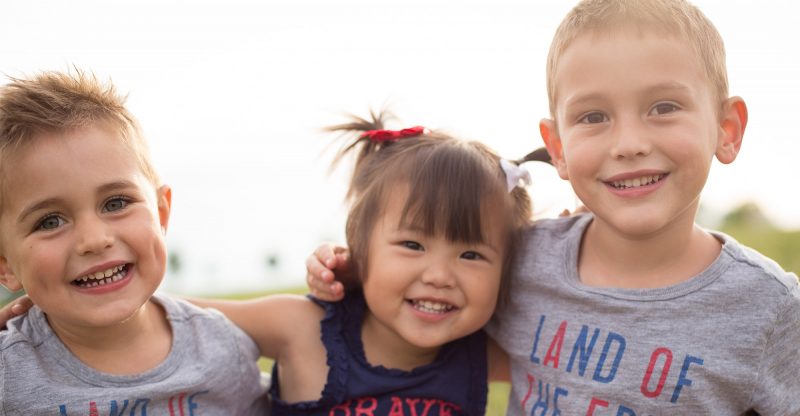This week I learned more about how adoption plays a part in a person’s identity. The article I read for this week discussed what adoptive identity was and the relational identity gaps a person may obtain through the developmental stages of their life. Colaner, Halliwell, and Guignon (2014) applied the communication theory of identity (CIT) to adoptive identity throughout their focus group study to aid in exploring an individual’s understanding of what it means to be adopted and how being adopted has influenced their study subjects. As human beings, we all go through some sort of identity development and it usually occurs during the developmental stages of life. People who are adopted have an additional task and must grapple with and/or try to understand additional identity questions that non-adoptees wouldn’t have to. This article went on to explain the developmental framework for understanding identity and explaining how CIT allows us to look at identity through “layers and gaps” for those who are adopted.
Although this article didn’t specifically discuss Chinese American adoptees, it was still very helpful towards my research. Throughout this project, I’m trying to showcase how the media plays a part in an adopted person’s identity. “Communication constitutes our identity, and social interaction affects and comprises our identity” (Colaner et al., 2014). I pulled this quote because it encompasses an important message I’m trying to convey throughout this project. The media may be an ultimate form of communication. However, it’s through personal conversation, socialization, and truly getting to know someone that affects and solidifies an adopted person’s individuality.
Class Workshop: This is why I’m doing this project…
This project is important because I want to show why the accurate representation of Asian Americans in American media is so important. As someone who is Chinese and adopted I want to know more about how the media impacted my upbringing and others who are like me. The media has introduced stereotypical interpretations of Asians that have been passed down through time and they have impacted Asians everywhere living in America. I want someone adopted from China who’s currently in the stages of forming their identity to be able to watch this documentary short and to understand what it’s like so they know they’re not alone.
Colaner, C. W., Halliwell, D., & Guignon, P. (2014). “What Do You Say to Your Mother When Your Mother’s Standing Beside You?” Birth and Adoptive Family Contributions to Adoptive Identity via Relational Identity and Relational–Relational Identity Gaps. Communication Monographs, 81(4), 469–494. https://doi.org/10.1080/03637751.2014.955808
Photo: Obtained from Google Photos/ Credit: watercress/ https://medium.com/watercress/what-the-new-cold-war-means-for-chinese-americans-44751861519




